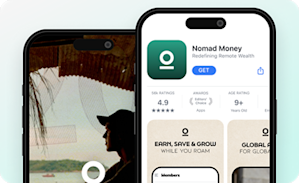Communities & Memberships
14 Customer Engagement Strategies You Need in 2025
Customer engagement can be terrifying for brands, but doing it well yields amazing results.
Author
Mighty Team
Last Updated
March 31, 2025

Customer engagement can be terrifying for brands, but doing it well yields amazing results. The statistics below show that brands have a ton to gain from customer engagement, both in terms of retention and revenue. And digital platforms are making customer engagement easier than ever.
In this article, we’ll talk about:
What a customer engagement strategy is and why you need one.
How to plan a customer engagement strategy.
And 14 proven customer engagement ideas.
And we’ll share a ton of useful statistics and examples to help you plan your customer engagement.
What is a customer engagement strategy?
A customer engagement strategy is a plan that a brand or company creates to build positive relationships with its customers. A good customer engagement strategy identifies every touchpoint in the customer journey and designs each one to maximize the positive experience for the customer.
When creating a customer engagement strategy, you should consider every engagement resource at your disposal--for example, a website, the product's design, support staff, community managers & the social marketing team, email, and more. These multiple touchpoints offer a mix of scalable and one-to-one interactions that, when taken together, will ensure great customer engagement.

Why you need a customer engagement strategy
A 2020 study showed that customer engagement is driven by positive emotions, brand satisfaction, and trust–but NOT by commitment. In other words, customers don’t commit to your brand. Brand loyalty is driven by what you do, and that’s why customer engagement is vital.
Here are some statistics that show the value of a customer engagement strategy.
70% of customer decisions are based on emotional rather than rational decision-making. (Gallup).
Companies with strong omni-channel engagement strategies retained 89% of their customers (vs. 33% for weak).
80% of companies investing in customer engagement in 2023 met their financial goals (Twilio).
86% of consumers will quit a brand if their experience isn’t personalized (Twilio).
42% of brands’ top challenge is balancing security with personalization (Twilio).
Fully engaged customers spend 23% more on average (Gallup).
Engaged customers buy 90% more frequently (LinkedIn)
In other words, you need a customer engagement strategy. And digital customer engagement must be a part of it–60% of brands say that digital customer engagement is helping them meet changing customer needs.

Why you need a digital customer engagement strategy
Customer engagement is important, but we should add that most customer engagement strategies are built and launched online–with many brands opting for omni-channel engagement strategies. Twilio’s research found that companies spending on digital customer engagement saw a revenue increase of 90% on average last year.
Making your customer engagement strategy digital adds a level of power you don’t otherwise have. Here are some of the reasons digital customer engagement is winning:
It’s scalable in a way that offline approaches just can’t. For example, flyers and coupons require physical printing and delivery, while tools like email marketing and newsletters can instantly be sent to millions.
It’s easier. Digital used to mean complicated, but there are endless tools for digital engagement–from advanced CRMs to community platforms to white-label apps.
It’s data-driven. Digital customer engagement comes with the data you need to understand what worked, what didn’t, and why.
It’s personalized. You can add a level of personalization and customization that’s impossible offline.
It’s self-serve. Customers can respond to customer engagement in real-time, often in a self-serve capacity.
It’s just getting better. Things like chatbots & AI are not a panacea, but they do open up new possibilities for engaging customers.
It’s meeting people where they’re at. We spend a lot of time on email and social media–customer engagement strategies can meet people here.
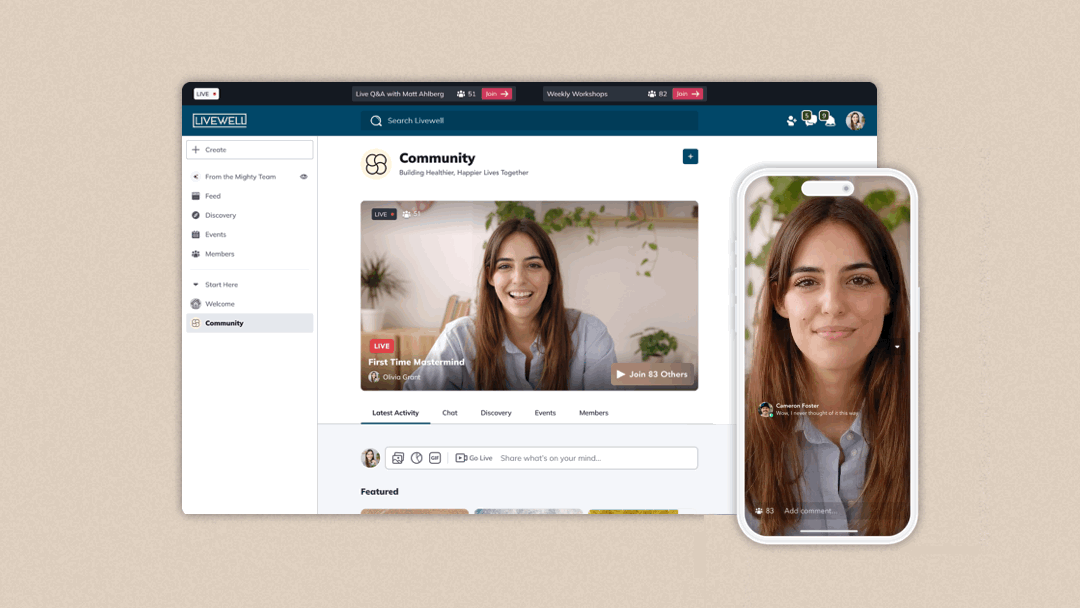
Examples of customer engagement strategies
Dove’s (2013) went beyond customer engagement to the status of a cultural movement–it helped redefine what we celebrate as beauty and how products get advertised to women. It includes ways to get involved, and Dove even sponsored a report that found hate & discrimination based on appearance cost Americans more than $500 billion/year in public health costs.

brought in app-based payments, pre-ordering, and rewards into an app before anyone else was doing it. For years it was the most popular payment app in the U.S. 25% of transactions are processed through the app, and Starbucks uses machine learning tech to customize the newest and best offers for users.
LEGO Ideas Platform (2011) was launched as an idea platform, but today the kids section of the Lego website includes video games, kits, and building help. In the Lego community, builders can even submit their own design ideas. Lego’s customer engagement strategy centers on play and has been an amazing value add for the brand.
Nike’s Run Club app helps you track runs, get ideas for workouts, and gamify your exercise with other members. The result is an amazing customer engagement strategy that speaks perfectly to Nike’s ideal customers (athletes).
Amazon Prime Day (2015) has become a recognized shopping day during which Prime members get all sorts of goodies and benefits. It started on June 15, 2015, and in 2023 saw $12.9 billion in sales.
Mighty Community: Because we love all things community (hey, we’re a community software!), one of our top customer engagement tools is the Mighty Community, where members can experience the product, meet friends, and get help and inspiration for running their own communities! (It’s free to join–check it out!).
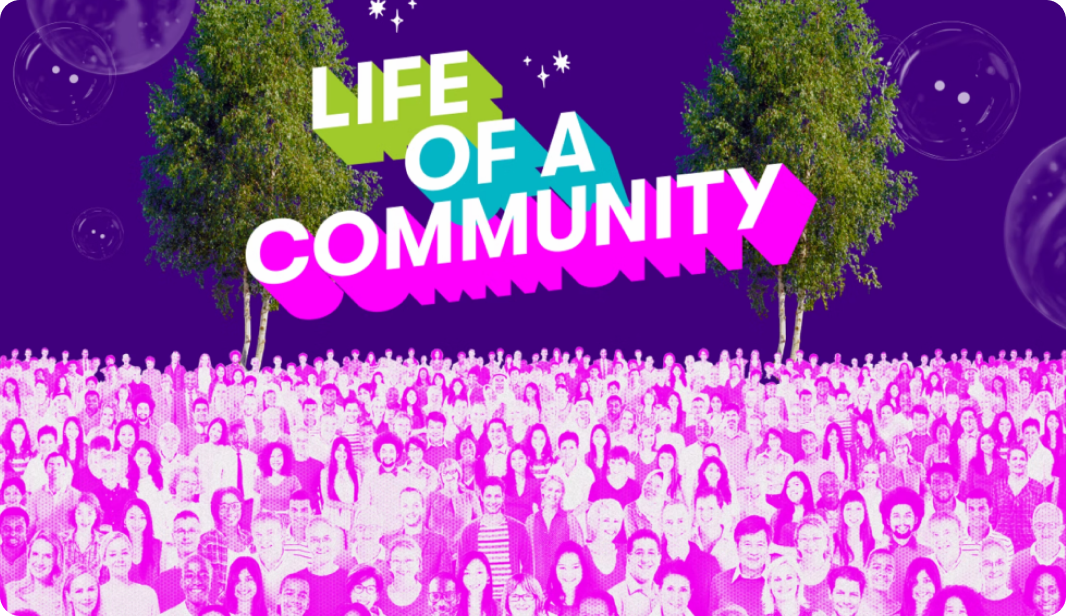
How to plan a customer engagement strategy
1. Understand your audience
This seems so simple, but so many brands get it wrong. Look at the examples above, and you’ll see that successful customer engagement campaigns have a deep understanding of their customer: whether it’s practical or psychological.
Dove’s Campaign for Real Beauty took a hard look at what beauty advertising was doing to women and came up with a powerful way to challenge the narrative and side with its customers.
Nike’s Run Club understood that runners use Nike’s products, and came up with a non-clothing tool to help runners become successful. Nike also saw that runners get lonely and discouraged, and the app helps boost resolve.
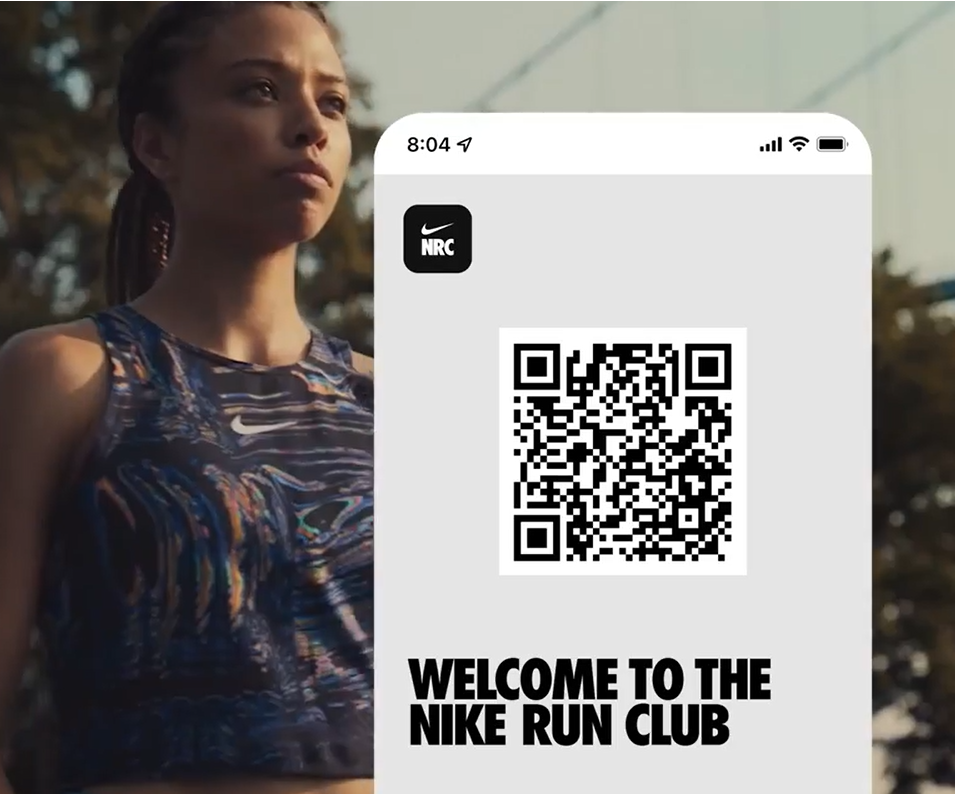
This isn’t some surface-level stuff. Great customer engagement means a deep understanding of customers–maybe even meeting them on a level they didn’t know they needed or wanted.
2. Set your own goals
Customer engagement needs to understand the customers, but it also needs to understand your own goals as a brand. Customer engagement strategies should take account of your current capabilities, the tech you’ll need, and the staff who will run it.
It’s better to plan a well-executed customer engagement strategy that fits what your brand needs than to throw time and effort into something unrelated to any of your own goals.
3. Know what your customers love
If you’re launching public campaigns, it’s important to understand what your customers love about the product. Microsoft experienced this when it launched Windows 8 in 2012–it took away the Start button and customers hated it. It resulted in slumping sales and they had to backtrack for Windows 10.
J.C. Penney had a similar disaster, which brought in “Fair and Square” pricing–eliminating sales and deals for everyday low prices. But–as it turns out–people love sales! Who knew? It cost J.C. Penney a lot of business and cost the CEO his job.
Customer engagement needs to understand your customers, but–just as importantly–it needs to understand the customers’ relationship to your product. What do they love about it?
4. Choose the right channels
You’ll need to find the right channels for customer engagement–meeting people where they’re at in a way that fits your brand. Some brands have felt the pain of choosing the wrong channels; for example, trying to get on TikTok or LinkedIn because they’re social media platforms without stopping to ask if that’s where their audiences are (these platforms have very different audiences).
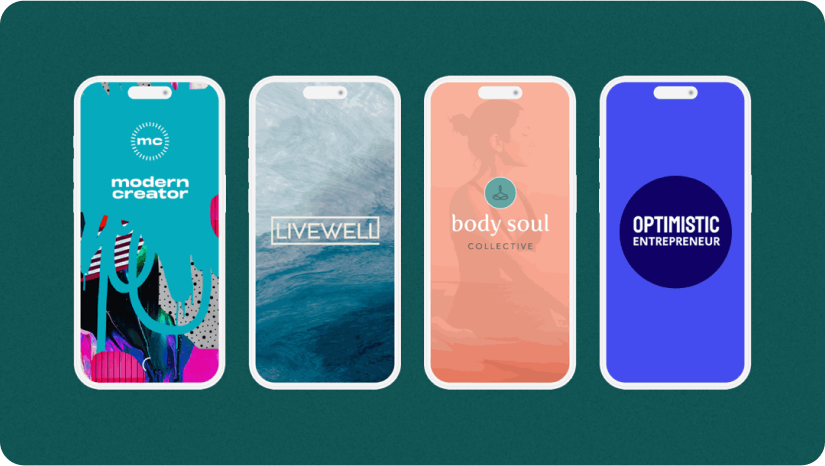
5. Personalize without being creepy
Personalization is important, which we’ll talk about below. Good personalization helps users find products they need, and relevant deals, and perhaps uses their name in correspondence.
But too much personalization can go wrong quickly. There was a famous example of an angry man complaining that Target was advertising pregnancy products to his teenage daughter–only to realize that Target’s algorithm had eerily guessed that the daughter was pregnant (before the father knew).
Customer engagement needs to find the balance between personalization and not being creepy.
6. Make good content
There’s so much social media noise. A customer engagement strategy based around content will need to genuinely create great content. There’s no way that anything mediocre will get seen in today’s social media and brand-infused climate.
7. Test
A customer engagement strategy should be carefully tested if at all possible–helping you refine, but also helping you spot dangers and pitfalls before a strategy goes public.
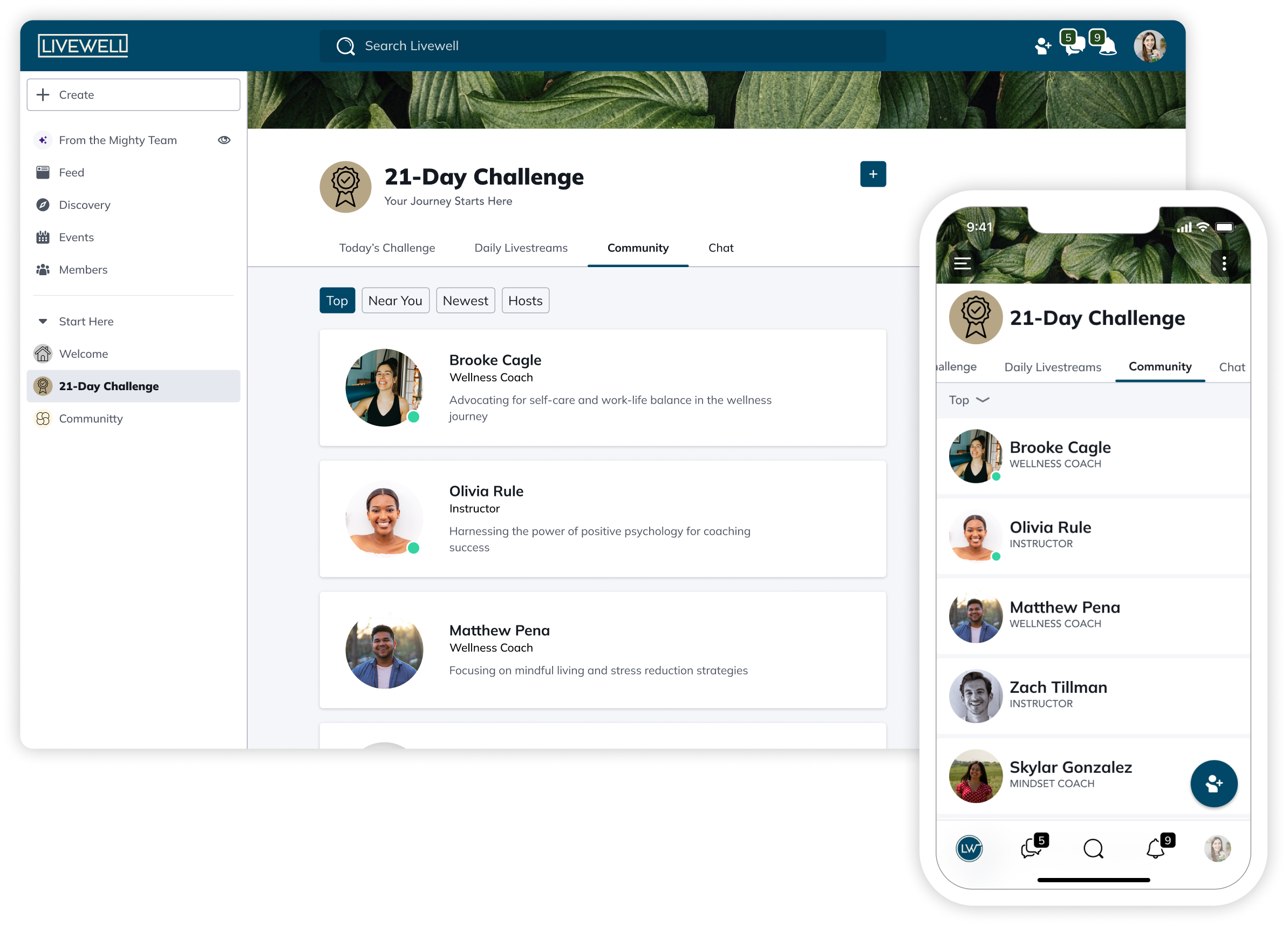
8. Align your teams
Before you launch a customer engagement strategy, make sure to align your teams and get everyone ready and onboard.
9. Consider the possibilities–good and bad
McDonald’s launched a disastrous Twitter campaign in 2012, asking users to share experiences with the #McDStories hashtag. It resulted in an avalanche of negative stories, from former employees’ hijinks in the kitchens to food poisoning disasters.
It illustrates an important point–especially with social media campaigns. You don’t control what people say on social media. So if you’re asking them to talk about your brand, be prepared for everything–good and bad.
10. Deliver well
The Fyre Festival is a famous example of customer engagement gone wrong when attendees paid up to $100,000 for the party of a lifetime on a deserted island in the Bahamas. The scheme was cooked up to promote the Fyre app for booking musical talent.
Those who turned up were instead met with mattresses in rain-soaked tents and cheese on toast. Fyre was such a disaster that it prompted two different documentaries.
The lesson remains. Fyre was an attempt at customer engagement that was an unmitigated disaster. Whatever your strategy, focus on spending the time to execute well.
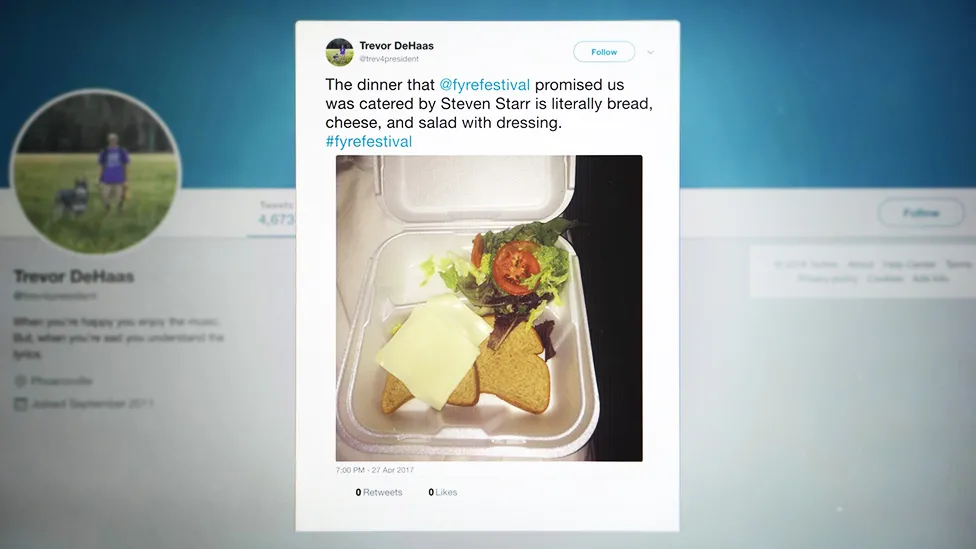
14 proven customer engagement strategies
1. Personalized communications
Personalization is important, reducing acquisition costs by up to 50% and increasing marketing ROI by 10-30% (McKinsey). But there’s also an onus on brands to personalize without being creepy.
Here are some ways to include personalization in your customer engagement strategies:
Offer value that is real and relevant. When a customer feels like they are getting something really valuable that’s useful to them, personalization becomes less annoying.
Personalize based on avatar (not individual information). Generalized personalization can be less creepy but just as relevant, personalizing based on types of customers instead of individual data.
Anonymize data so that personalization isn’t personal.
Ask customers to opt-in for personalization. For example, “Can we send you offers that people like you have loved.” When in doubt, have customers opt-in instead of opting out.
Don’t collect data you don’t need, and make data safety and protection a priority. Data breaches have a terrible impact on customer trust (for example, Target’s 2013 data breach took 5 years to recover from).
Above all, as you personalize, be transparent about how information is used, get consent to collect information, and respect those preferences.
2. Build community
Communities are powerful, and good brand communities are no exception. In fact, McKinsey identified the community flywheel–a community-based business model–as the one to watch for the 2020s.
We’ve already talked about a few examples of great brand communities above. But for inspiration, look at Lego, Apple, and Quickbooks.
Community flywheels mean that a brand builds a community around a product or service, which leads to user-generated content and energy directed toward your brand. Whether people come together to share knowledge, take a journey together, get help with a product, or tell stories, communities are powerful–and they’re one of the best-kept secrets for customer engagement.
According to McKinsey, community flywheels have five parts:
Entering into community with your consumers
Choosing “hero” products that reflect your brand value
Mixing them with exciting stories
Feeding the community with content, which allows your superfans to generate their own
Making a transaction effortless
Start building your community.
3. Social media challenges
Do you remember–sometime around 2014–dumping a bucket of ice on your head? Then you might have participated in the #Icebucketchallenge–which raised $115 million for the ALS Association.

It was silly but powerful, asking participants to 1. Dump a bucket of ice over their head, 2. Nominate someone else for the challenge, and 3. Donate to ALS. The result was a near-perfect social media engagement challenge. It used user-generated content perfectly, was silly and fun, and used social pressure for a great cause to keep it going.
Social media challenges can be incredible when done right. How about Always’ #LikeAGirl campaign, showing on social media what it means to do things “like a girl.” It was a challenge that tapped into a powerful cultural moment, empowering young women and changing conventional gender narratives.

Brand challenges show up in a lot of customer engagement strategies. If you've ever seen an ad challenging you to post a picture of yourself to social media with a punny hashtag, you've seen a brand challenge. Brand challenges that work are amazing for customer engagement because they not only prompt customers to take action, but they generate social media buzz and start a conversation.
4. Product giveaways
People love to get free stuff! A tried and true feature of many customer engagement strategies is giving away free stuff, whether it's the product itself, merch, or totally unrelated prizes like tickets to the Taylor Swift concert. Free stuff gets people's attention and that leads to engagement.
One of the coolest examples of this was Airbnb's “Night at the Louvre” campaign–which gave participants a chance to spend a night with the Mona Lisa.
Product giveaways are often a great customer engagement strategy, especially if you can harness something relevant to your brand. If you have a prize customers want to win, they’re more likely to engage (and less likely to be negative).

5. Rewards programs
Have you ever bought a few extra Big Macs in search of the McDonald's Monopoly pieces or carried around a dirty punch card from your local roaster hoping for free coffee? If so, you've been part of a rewards program. Rewards programs are a fantastic customer engagement strategy, since they build attention, promote brand loyalty, and make your customers feel special.

6. Email goodies
Email campaigns have become the norm in our lives. And while we might not care much when our Dentist sends us an email wishing us Happy Holidays, good email campaigns can promote a ton of customer engagement. People love free offers or discounts, or even receiving valuable help and advice in their inboxes.
Here are some awesome things to include in your emails to make sure they connect with customers:
Time-sensitive offers that won’t last forever.
Social proof from users like them who have succeeded with a product.
Deals, discounts, and relevant special offers.
A clear CTA that tells the reader what to do next.
Trust-building like guarantees and free trials.
7. Chatbots or AI
Chatbots and AI are relatively new customer engagement features–or at least they’re better than they have ever been. One of the earliest adopters was Sephora, who launched a chatbot in 2016 to help users with makeup tips.
There are lots of ways to use Chatbots and AI for customer engagement, whether it’s training them on your knowledge base to free up your customer service people or decreasing churn–with a 24/7 helper that can serve customers. But Chatbots can have a dark side and if they don’t work well can have a detrimental effect on customer engagement.
If you’re using a Chatbot, do your research and design something that works right and makes customers’ lives easier.
8. Mobile apps
It seems odd to put apps on a list of engagement strategies. For a lot of consumers, an app is like oxygen–it’s just there (or it very obviously isn’t).
Mobile apps are awesome for engagement, putting customer engagement in their pocket. Mobile apps can do a lot of lifting for customer engagement, handling most of the things on this list:
Surveys and feedback
Events
Reward programs and giveaways
And more..
In fact, a lot of your customer engagement strategy can be implemented on a mobile app–if it’s a good fit for your business.
9. Surveys and feedback
It’s an oldie but a goodie–collecting data points to help understand what's working and what isn’t has been a staple of customer engagement for decades. In 1994, the American Customer Satisfaction Index (ACSI) developed a standardized way of measuring customer satisfaction–and survey questions and interviews were a part of it.
You don’t need to be on the ACSI scale to use surveys to understand customers (although it doesn’t hurt). There can be a ton of useful knowledge from customer surveys your brand creates.
And the act of surveying is engagement in itself. If customers take the time to fill out a survey, they are engaging in your brand and spending time thinking about its relationship to them.
Make sure to…
Keep questions short and relevant.
Incorporate different types of questions.
Personalize and tailor the surveys if possible.
Define clear objectives for the surveys.
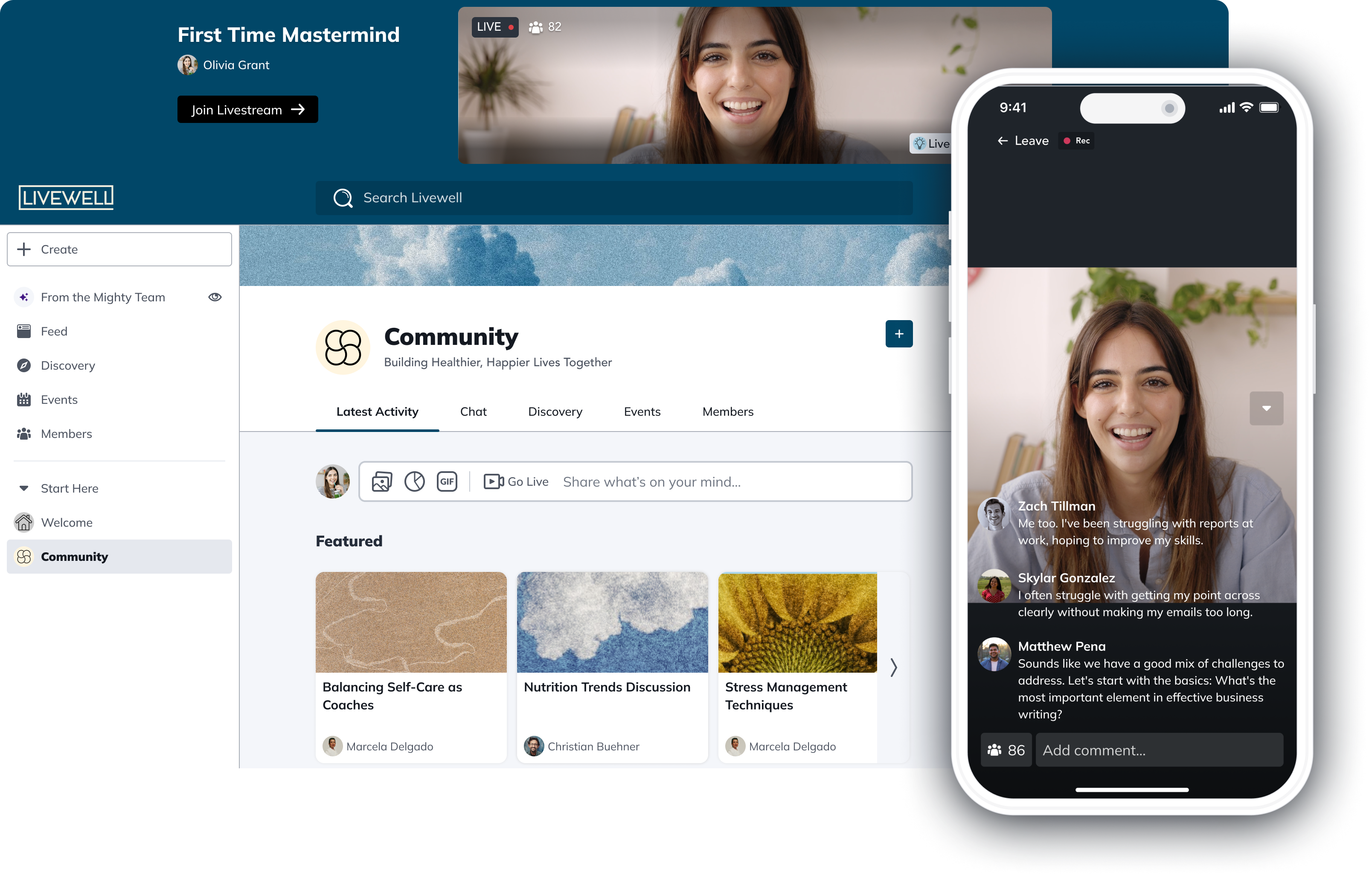
10. Events
Events might be the most underappreciated and underused customer engagement tool, which is a shame. Because events can be a powerful customer engagement tool.
For an amazing example of a brand using live events well, check out AdobeMAX. The groundbreaking event series brought together some of the greatest creators in the world–and was a perfect fit for Adobe’s products. After the pandemic, AdobeMAX reemerged in a virtual event format.
Adobe has ticked all the boxes for amazing customer engagement with the Adobe MAX events:
They’ve created a buzzworthy yearly event customers don’t want to miss.
It provides HUGE value for customers–both in learning and entertainment.
It’s a near perfect fit for Adobe’s product.
They take some of the best known creators in the world that use Adobe’s products and mix them together with new and intermediate creators wanting to get better at using Adobe’s products. It’s honestly the perfect customer engagement strategy. (If you’re launching your own live event, try our event name generator!)
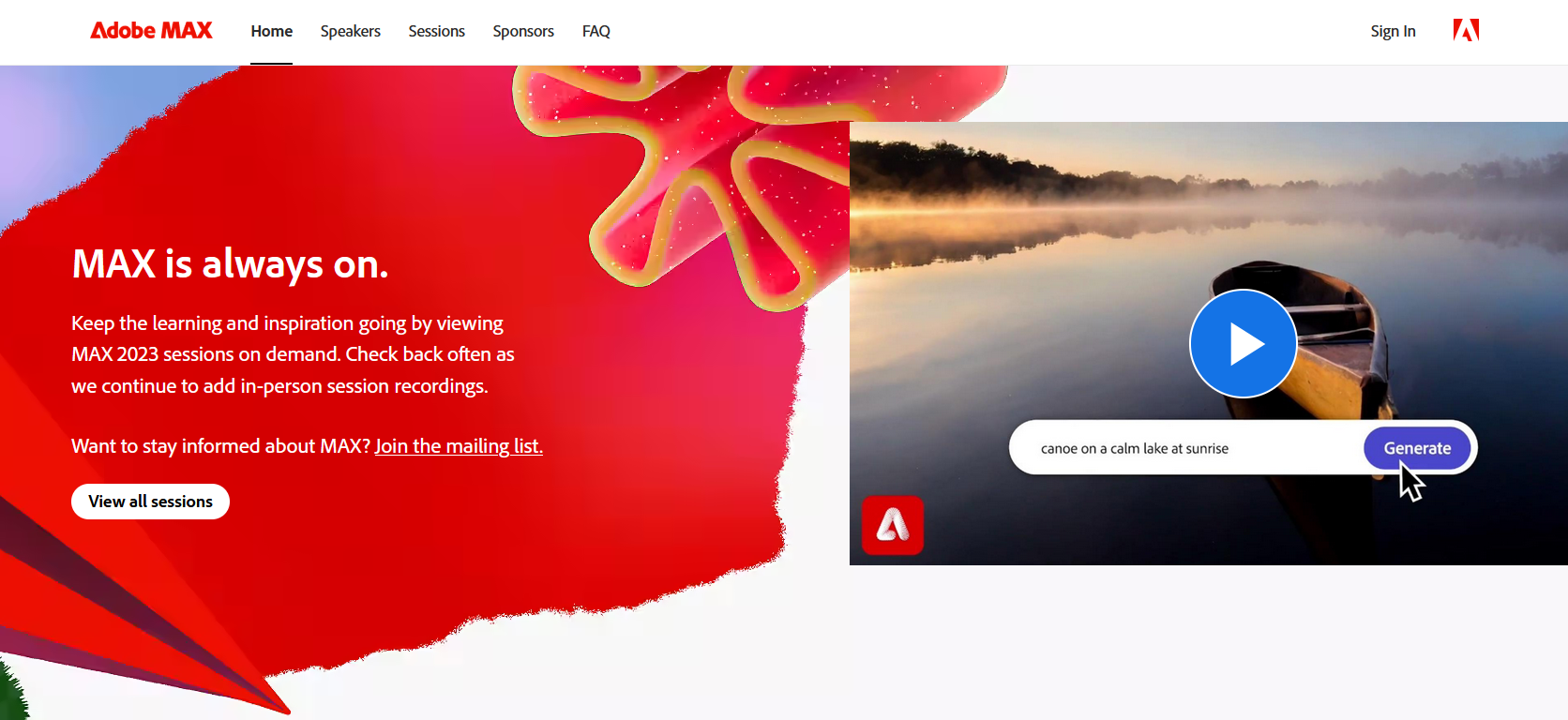
11. Email campaigns
We covered email goodies above, but nurtured email campaigns are also a vital part of customer engagement. Email revenue is projected to jump to $17.9 billion in 2027. And the email provider ConvertKit reports that 21,723,377,414 were sent by their businesses in 2022–with a 40% open rate!
Email campaigns are an incredible customer engagement tool, no matter what sort of sequence you’re creating (check out our list of the best newsletter software).
You can nurture leads with offers.
You can provide value with tips, tricks, and knowledge articles.
You can use custom segmentation and link triggers to help customers show you what they’re interested in.
Once they’re set, email campaigns are mostly automatic–and with great email software you can build visual journeys for your customers, tailored around their interests.
With its combination of personalization and access (we still check out emails everyday), email can be the perfect tool for customer engagement.
But be warned, many people’s inboxes look like corporate America threw up in them. If you’re sending emails, make sure they’re meaningful and memorable. And find ways to bring your unique brand value to them.

12. Influencer collaborations
Collaborations with big and medium-name influencers have become a staple of customer engagement strategies–Statista estimates that influencer marketing value was worth $21.1 billion in 2023.
For example:
Adidas created a line of sneakers called “Pharrell Williams trainers.”
Canadian coffee chain Tim Hortons teamed up with Justin Bieber to create a unique donut: “Timbiebs”. Dunkin’ Donuts followed with the same idea, partnering with Charli D’Amelio–which led to a 57% increase in Dunkin app downloads.
GoPro amazingly invited some of the top adventure influencers to Interlaken Switzerland, handed them cameras, and told them to have fun (no stipulations). Not surprisingly, the creators used the cameras to film some epic content.

Most of us can probably remember examples of brands partnering with influencers. Or, you might remember the train wrecks that turned into branding nightmares–like a different Adidas influencer we won’t name.
But influencer collaborations are here to stay. And when your brand gets the appeal and audience of an influencer–not to mention content creation chops–you have the recipe for great customer engagement.
13. Livestreams
Livestreaming is an awesome way to get in front of customers and engage. It can be a bit intimidating–and often there are unscripted moments–but the spontaneity of it can work really well.
Consider how Apple uses livestreams to sell its products. As a spin-off of their live event announcements, which Apple has been doing since the 80s, the livestreams feature product announcements. And since Apple has a cult-like following, people watch. For example, Apple’s event on Oct 30, 2023 introduced the new MacBook Pro models and was Apple’s first event to be shot on an iPhone.
If you’re worried your livestream doesn’t have the cult-following of Apple’s, try doing more than product announcements. Surprise viewers with awesome guests who can share great knowledge or surprise giveaways.
14. Customer appreciation days
We mentioned Prime Day in the examples above. And what is Amazon’s Prime Day? Really, it’s a customer appreciation day–launched on Amazon’s 20 year anniversary.
Doing things to show customers you honor and value them can be a good customer engagement strategy. Whether you’re a bricks and mortar store giving out prizes in-store on a certain day, or whether you’re an online brand, find ways to honor and celebrate your customers–preferably without a hidden agenda.
Ready to start?
Hopefully these ideas and examples have you excited to turbocharge your customer engagement. And whether you’re a large business with a big budget or you’re just getting started, customer engagement strategies don’t have to be ridiculously complicated. Find ways to connect with and serve your customers–and you’ll see the results.
And if you want to make community part of your customer engagement, come build with us! Mighty Networks is G2’s top-ranked community management software, bringing together community and commerce seamlessly. Our flexible spaces mean you can get discussion forums, member profiles, private groups, livestreaming, and chat and messaging–all on your own branded app. And our Mighty Co-Host™ engine puts your engagement on autopilot and helps your business grow itself.
Schedule a call with us and we’ll show you what we could build together.
Ready to start building your community?
Start a free 14-day trial to explore Mighty—no credit card required.
More like this
Join Mighty Community
Learn the principles of Community Design™ (and see them in action) alongside thousands of creators and entrepreneurs. It's free to join!
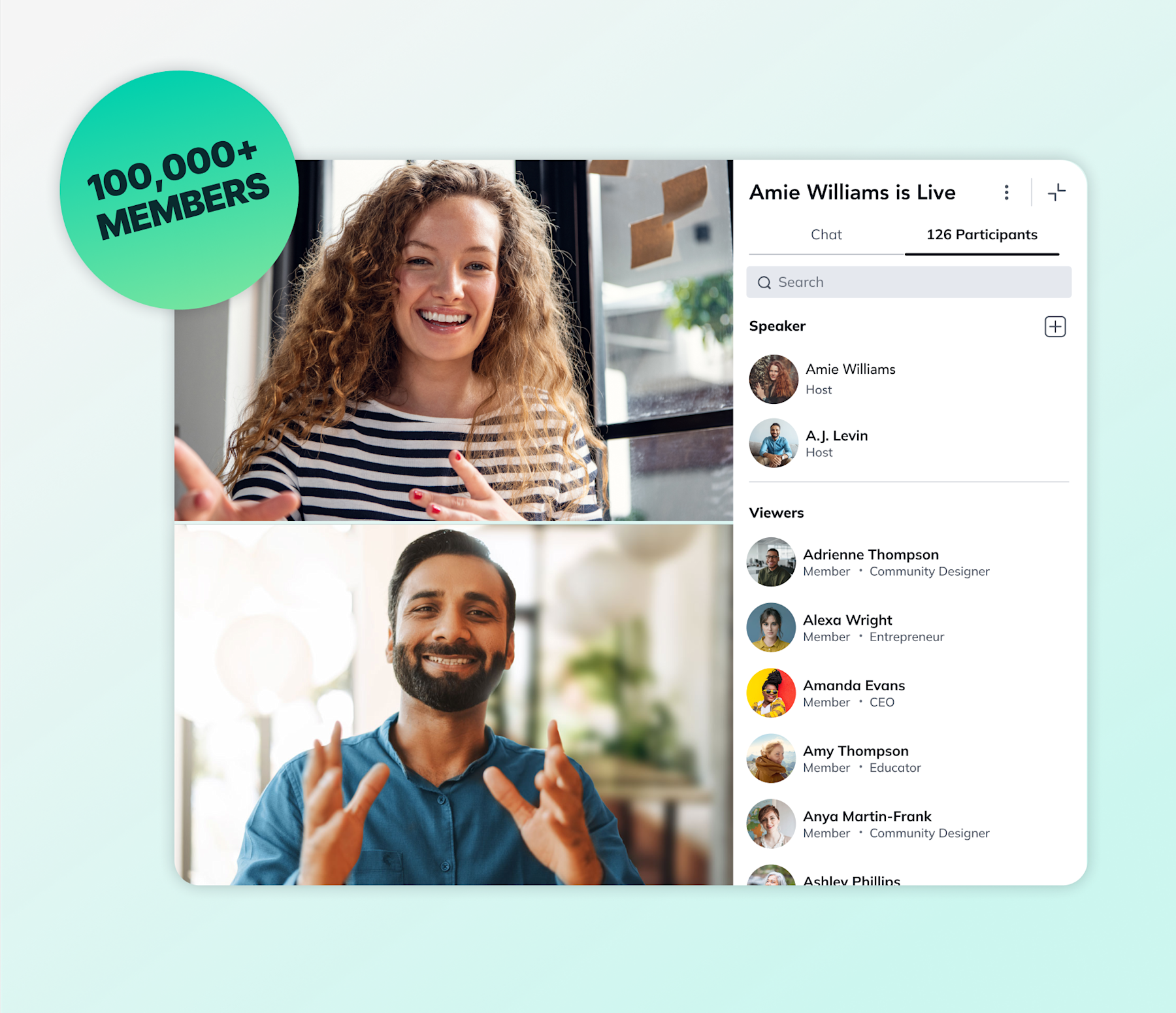
Online Courses
Creating a Course
Teaching a Course
Course Platforms
Selling a Course
Communities & Memberships
Community Platforms
Managing a Community
Building a Community
Growing a Community
Monetizing a Community
Content Creation
Creators & Entrepreneurs
Monetization
Content Creation
Starting a Business
Website Builders
Creating & Managing a Website
Events
Event Platforms
Hosting & Marketing Events
Branded Apps
Creating a Mobile App
Coaching Apps
Community Apps
Coaching
Mastermind Groups
Starting a Coaching Business
Coaching Platforms
Filter by Category
Online Courses
Communities & Memberships
Creators & Entrepreneurs
Events
Branded Apps
Coaching
Build a $1 Million Community
This free masterclass went viral—sign up to learn why.


